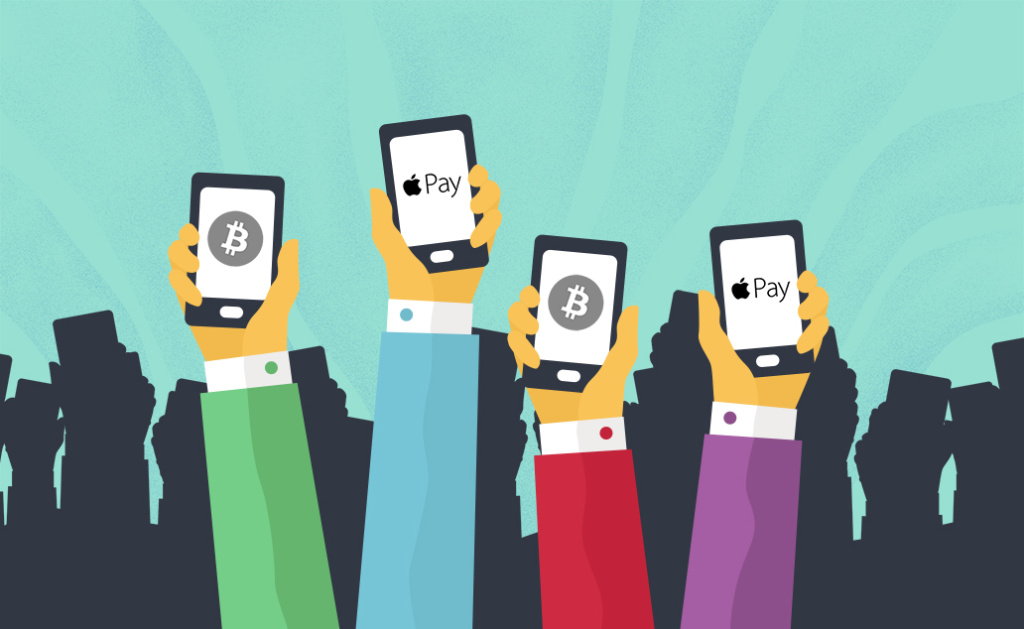Millennials are the most racially diverse generation in American history and their ever-changing expectations, means companies must evolve as quickly as their tastes do. More millennials are college-educated than members of any other generation. So not only is this group smart and tech-savvy, but they value connection, happiness and independence.
Millennials, or individuals born between 1980 and 2000, and have grown up side by side with quickly-evolving technology. They use it for work and play, as a tool, in school, and to stay connected with others across the globe.
Increasingly, members of this generation have leveraged the era of easy connectivity to create community where none had previously existed.
When hashtags go viral, millions of people can connect and communicate in a matter of seconds over a single issue, whether it’s the #thedress, #worldcup, or #jesuischarlie.
Brick & Mortar is so 90’s
According to an article by pewsocialtrends, Millennials have also taken the lead in seizing on the new platforms of the digital era—the internet, mobile technology and social media platforms, to construct personalized networks of friends, colleagues and affinity groups. About 81% of Millennials can be found on Facebook.
Millennials make up the first generation of consumers who may have never needed to visit a bank, an electronics store or a restaurant to secure their goods and services.
Just as important, this is a generation that also has the option of never handling cash! As banking and other financial transactions take place online, actual hard currency has become less important and almost unnecessary. Mobile payments is shaking up the world of finance and how we conduct business. Apple Pay is just one of many mobile payment services that millennials are most likely of any age group to enjoy using.
With so much information at their fingertips, this generation has heralded the arrival of the sharing economy, prioritizing ease of use, maximum efficiency and on-demand access over cumbersome solutions and direct ownership. This can be seen in the rise of ultra-simplified ride-sharing apps such as Uber and Lyft, cutting traditional TV cables in favor of Netflix and Hulu, and streaming music services like Spotify and Apple Music.
Get on top of your mobile game
It’s no secret that Millennials are attached to their smartphones and tablets.
According to an eMarketer study, almost half of all millennials in the United States spend 4 hours or more using mobile internet each weekday, with 28% logging on for over 5 hours each week on average.
In addition, individuals 18-24 years of age have the highest level of mobile phone penetrations at 96.5%. Clearly younger users spend a great deal of time consuming information online and via a mobile device.
Given all of the time they spend with mobile media, it makes sense that brands attracting this target audience must be on top of their mobile game. With so much time spent on mobile and communication tools, brands looking to target millennials need to adapt in order to reach them on their preferred mobile devices. Viewing on a tiny smartphone screen or tablet must be optimal without any fuss. And the user experience on these mobile devices must be just as easy and intuitive as their desktop counterparts.
Social Media & Shopping
Millennials in the United States are actually the group that put social media on the map!
Thanks in part to their heavy use of smartphones, they are the driving force behind consumers making social networking a largely mobile activity.
Millennials are not brand-conscious. Since social media has enabled so many people to connect and communicate, Millennials often rely on the wisdom of the crowd and peers, rather than traditional advertising, to inform purchasing decisions.
Millennials also enjoy using social platforms as a resource when shopping, or simply to express opinions on a brand or specific product. However most of the usage from social media websites are in fact to socialize with peers and friends.
These individuals are not looking to have brands reach out and solicit them directly.
This audience utilizes social media to conduct research on products and services and to compare and contrast possible options. They also learn about products and services through peer activity and sharing. This more general use helps advance learning and product knowledge. Actual transactions or online purchases by this group is in fact the exception.
Co Author – Michael Fruta



